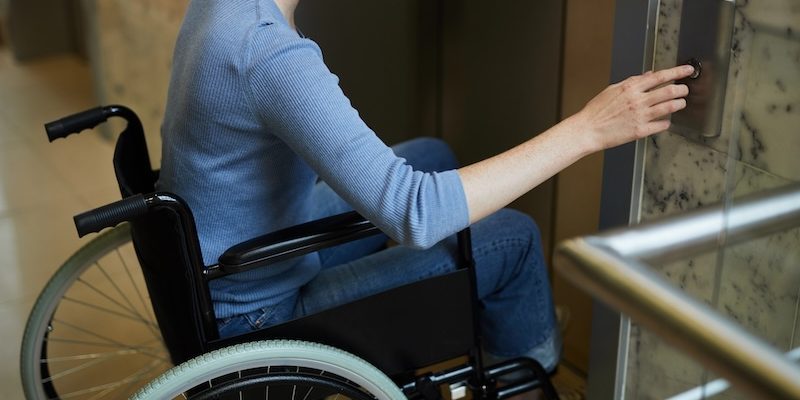In the pursuit of creating inclusive environments, ensuring accessibility for Atlanta wheelchair users is paramount. Elevators serve as crucial components in facilitating movement between different floors, providing accessibility in multi-story buildings.
However, efficiently navigating elevators with a wheelchair requires understanding and implementing specific techniques.
In this article, we’ll explore the best practices for safely and effectively moving a wheelchair onto an elevator, empowering individuals with mobility challenges to navigate spaces with confidence.
Understanding Elevator Accessibility
Elevator accessibility encompasses various aspects, including door width, interior space, and controls. Before attempting to use an elevator with a wheelchair, it’s essential to assess its accessibility features.
Ideally, elevators should comply with regulations such as the Americans with Disabilities Act (ADA) to ensure adequate space for wheelchair users and easy maneuverability.
Preparing the Wheelchair
Proper preparation of the wheelchair significantly contributes to a smooth elevator transition. Ensure that the wheelchair brakes are engaged to prevent unwanted movement during the transfer process.
Additionally, positioning the wheelchair parallel to the elevator doors facilitates seamless entry.
Assessing Elevator Placement
When approaching an elevator, consider its placement concerning your wheelchair’s position. Aim to align the wheelchair with the elevator doors, allowing for straightforward entry.
If necessary, utilize ramps or level platforms to bridge any gaps between the floor and the elevator threshold.
Utilizing Elevator Call Buttons
Accessible elevator call buttons are typically positioned at an appropriate height for wheelchair users. Use these buttons to summon the elevator to your floor. If the call buttons are inaccessible, seek assistance from nearby individuals or building staff to initiate the elevator’s arrival.
Entering the Elevator
As the elevator arrives, ensure that it comes to a complete stop before attempting to enter with the wheelchair. Position the wheelchair at the center of the elevator doorway, allowing ample space for maneuvering. Use caution and be mindful of the gap between the elevator floor and the building floor.
Navigating Inside the Elevator
Once inside the elevator, position the wheelchair in a secure location, preferably near the elevator controls. This ensures easy access to the controls while minimizing obstruction to other passengers. If traveling with companions, coordinate seating arrangements to maximize space and comfort.
Exiting the Elevator
As the elevator reaches your desired floor, ensure that the wheelchair is securely positioned before attempting to exit. Wait for the elevator to come to a complete stop and the doors to open fully.
Exercise caution when transitioning the wheelchair from the elevator onto the building floor, paying attention to any changes in elevation.
Navigating Your Wheelchair in Atlanta, GA
Navigating elevators with a wheelchair in Atlanta requires careful planning, consideration, and adherence to best practices.
Contact Freedom Mobility Center today to learn more about our products and services. Together, we can create environments that are welcoming and accommodating for all individuals, fostering inclusivity and equality.
Let’s work together to make accessibility a priority and ensure that everyone can navigate spaces with confidence and independence.

